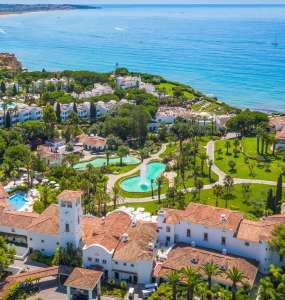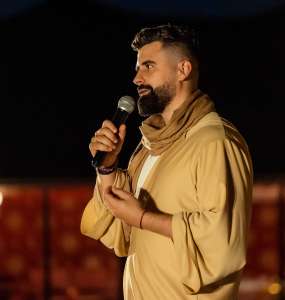Corfu An island with Venetian roots
Corfu is the only Greek island that was not under the Ottoman Empire in the past. Instead, there were the Venetians, the French and the English, thanks to which Corfu kept pace with the West for centuries and lived a relatively peaceful life. Science and art flourished on the island, the first university, philharmonic and fine arts school appeared in Greece, and even a unique cuisine was formed, with Italian-French-British notes.
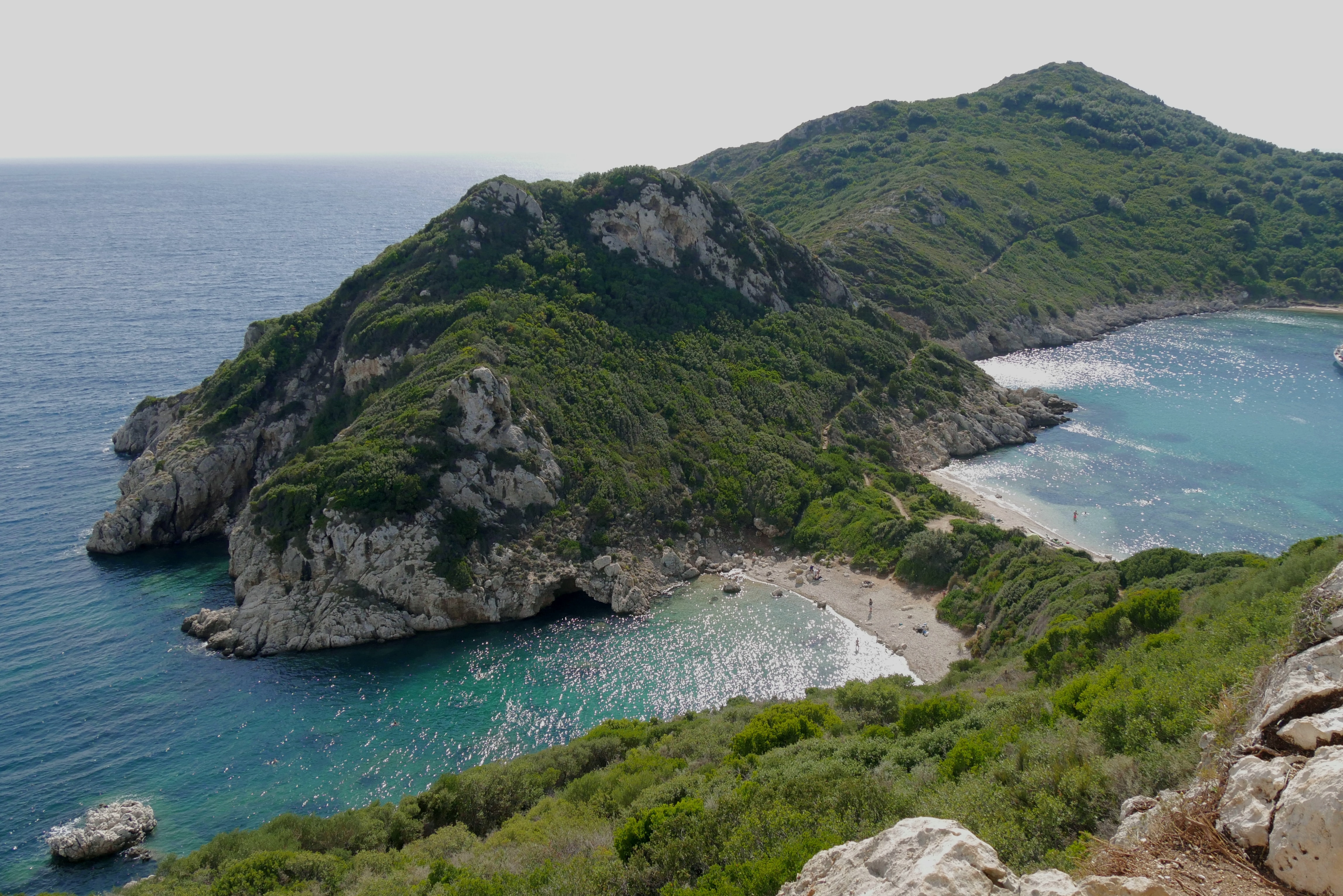
© Frederik Merten / Unsplash
City walks
The main city of Corfu - Kerkyra - is atypical for Greece. There are many narrow streets, wide squares and buildings in the Venetian style. The historic center of Corfu is a UNESCO World Heritage Site. Its architecture combines Renaissance, Baroque and classic features. The buildings are preserved from the time of the Venetians, who ruled the island for four hundred years, starting in the 14th century.
All roads in the city lead to Liston Street, designed in the 19th century. It was intended for evening walks of the aristocracy, so only a limited circle of people could walk it. Today, the romantic arched Liston Gallery, reminiscent of St. Mark's Square in Venice, has sheltered numerous cafes and restaurants, where coffee tastes so good for locals and tourists.
.jpg)
Nearby is Spianada - the largest square of Corfu with 19th century architecture. And life rages on it. Here, in the Palace of Saints Michael and George, the former residence of British officials, is the Museum of Asian Art, unique in Greece. For almost a century of work, it has collected fifteen thousand exhibits from Japan, India, Pakistan, Thailand, Tibet and other regions of Asia. And the interior itself impresses with royal splendor.
There are other interesting museums in the city: the Serbian Museum, the Museum of Banknotes, the Museum of Living History "Casa Parlante" (that is, the "Talking House"), dedicated to the life of the aristocracy of the 19th century. It has expertly recreated interiors with authentic furniture and decor. People-robots in the clothes of that period move around the house.
Kerkyra is called the city of two fortresses: Old and New. The old one was built during the time of the Byzantines, and was strengthened by the Venetians. The new one was built by the Venetians to protect the island from the Turkish invasion. From the height of the walls of both fortresses, views of the city and the sea open up. In 1840, during the British protectorate, the Church of St. George was opened in the Old Fortress. When the Ionian Islands joined Greece, the church changed from Anglican to Orthodox. But the facade, reminiscent of a Doric temple, remained, which is a rather unusual combination.
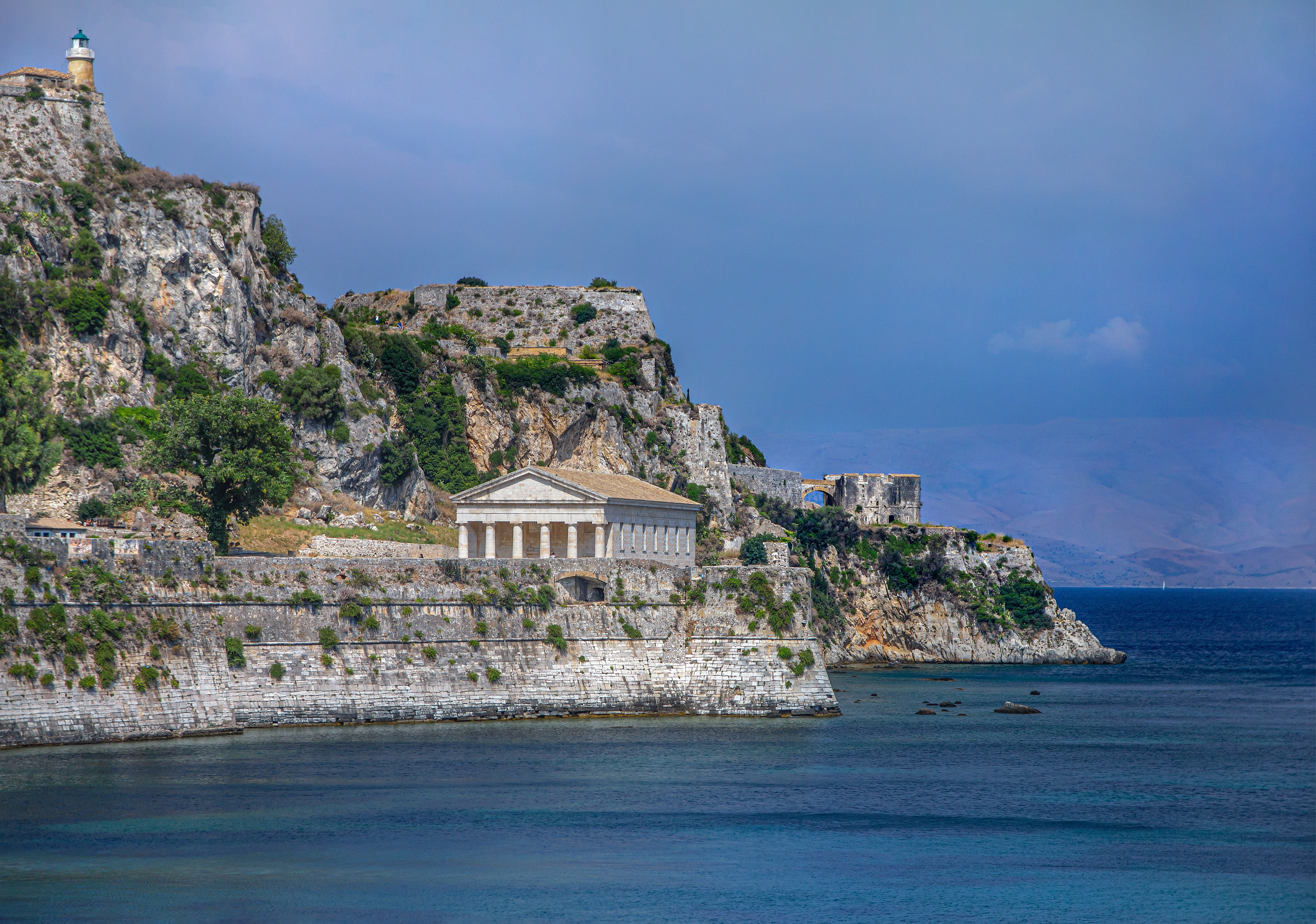
© Erik Karits / Unsplash
On a tiny island, connected by a pier to Kerkyra, is the snow-white monastery of Vlacherna with a 17th-century chapel of the Virgin Mary, which houses a miraculous icon of the Mother of God. Nearby, in a few minutes by boat, is the tree-covered island of Pontikonisi with the 12th-13th century Pantokrator monastery. There they paint beautiful icons in the Byzantine style. Both monasteries are the hallmarks of Corfu.
.jpg)
Incredible beaches
Corfu is located in the Ionian Sea. Beaches stretch along the 217 km long coast, a golden strip separating the blue sea from the emerald forests. Thirty beaches of the island have been awarded the "Blue Flag", but the others are not inferior to the beauty and purity of the water. One of the most beautiful is in Paleokastritsa in the west of Corfu. There are sandy, pebbly, rocky areas, all kinds of water sports and all the conditions for recreation.
To the north of Paleokastritsa is Porto Timoni - a "double" beach with impressive panoramas. To enjoy swimming before the crowds of tourists, we advise you to visit Porto Timoni before eight in the morning or at sunset. If you are in good physical shape and enjoy trekking, you can reach the beach on foot to admire the views from the observation decks. If not, it is more convenient to get here by boat from Paleokastritsa, having plenty of time to admire the rocks covered with abundant greenery. In general, boat trips are a great way to spend time in Corfu: explore the picturesque bays, have a picnic on the uncrowded beaches. If you are vacationing on the east coast, it is best to rent a boat in Dassia. You can also go to nearby Paxos and Antipaxos.
Ideal conditions for relaxation on the sandy Kontokal beach near Corfu, one of the most developed on the island. The spacious beach of Issos on the south-west coast of Corfu is famous for its dunes that extend to the cedar forest itself and the lagoon of Korisia. If you like kitesurfing, choose the nearby Halikunas beach.
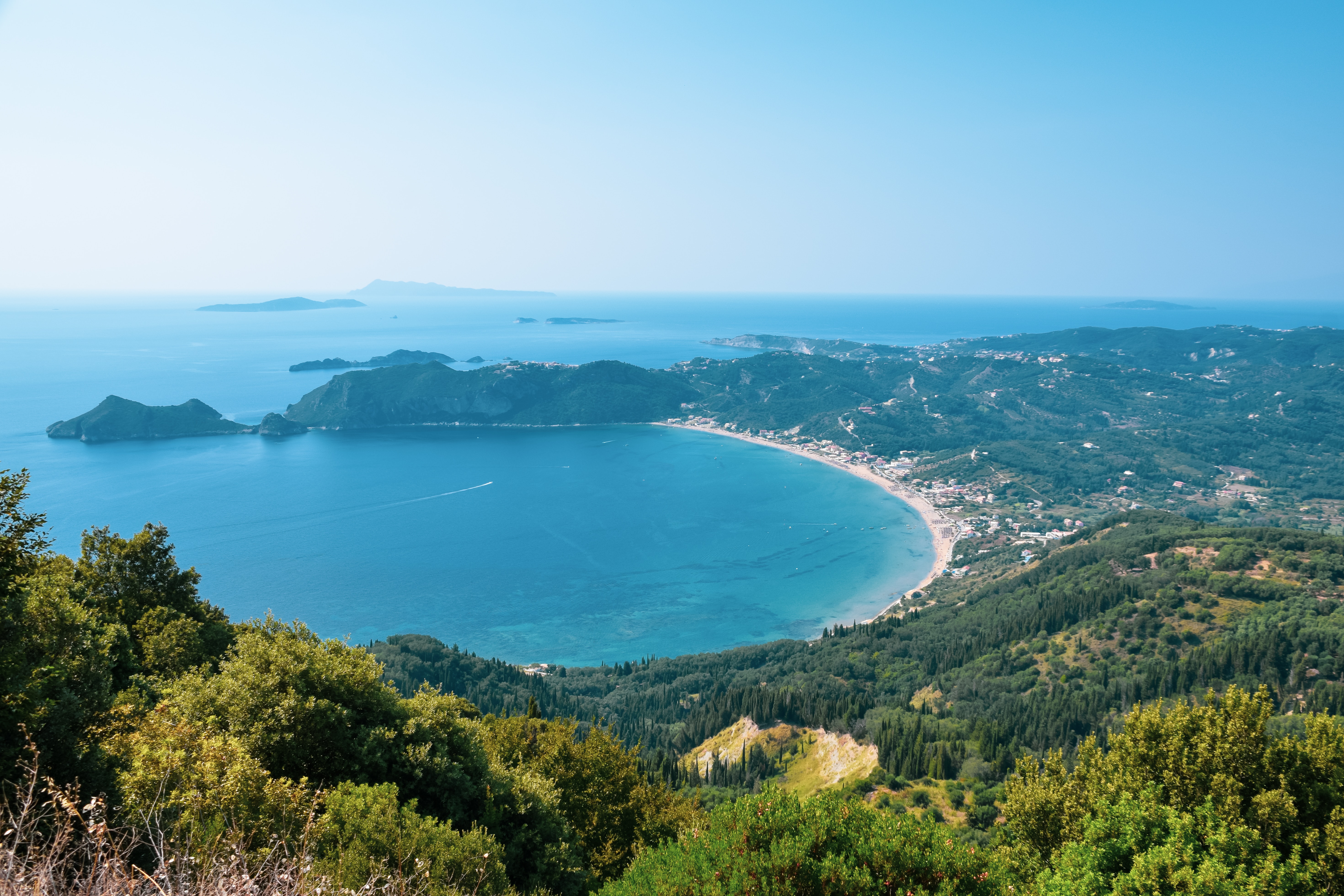
© Chris Unger / Unsplash
In the west of the island there is a cozy Kontoyalos beach with golden sand and one of the most famous on the island - Glyfada. Both are equipped and are excellent choices for swimming and water sports. Near Glyfada there is a water park, a golf club and a horse riding club.
The best beach for relaxing with children is Kalamaki in the north of the island: sandy, with a shallow sea and a pier for those who want to dive right away.
Royal palaces
It so happened that Corfu was liked by persons of royal blood. The first is the Austrian empress Elizabeth of Bavaria, better known as Sissi. Beautiful, intelligent, free-spirited and progressive, Sissy was the best horsewoman of her time, going out to sea against the strongest storms and, thanks to rigorous training, remaining fragile - she never weighed more than 47 kg. But mental pain forced her to seek refuge in wanderings. And it was for her, 10 km from Kerkyra, in Hastura, that the Achillion palace was built. She personally decorated the halls, facades and garden with statues of heroes and gods of Greek mythology, including her beloved Achilles, after whom the palace is named.
The interiors are decorated with a portrait of the empress, a painting depicting the triumph of Achilles over Hector, a marble fireplace, and a frescoed ceiling. 9 years after the empress passed away, the palace was purchased by the German Kaiser Wilhelm II. He replaced the dying Achilles sculpture with a victorious Achilles, which suited his character. The Kaiser paid a lot of attention to the restoration of the garden, which had fallen into disrepair over nine years of neglect. He invited famous landscape designers and gardeners, brought plants and trees of rare species that still decorate the garden today. Now "Achillion" is temporarily closed for restoration. But he is not the only legacy left after the Kaiser.
.jpg)
©Angsana / Stavros Habakis
An equally beautiful place - the observation deck with the "Tron Kaiser" observatory - is located on a rock in the western part of the island, above the village of Pelekas, which is 12 km from the city of Corfu. Fascinated by the beauty of the village, Wilhelm II often took walks and whenever he wanted to be alone and distracted from his worries, he climbed the stone steps to the cliff and forgot the passage of time, admiring the surrounding scenery. And they are truly incredible: the city, and green valleys, and the sea, and beaches, and Epirus, which is on the mainland of Greece, and the coast of Albania. Wilhelm built an observatory here, which has survived to this day. More than a century has passed, and people always come to the "Kaiser's Throne" for the beauty of the panoramas, peace, and romance that envelops this place at sunset. Such an excursion can be combined with a walk in cozy and friendly Pelekas and a rest on Kontoyalos beach.
Returning to the empress, until there was no "Achilleon", she lived in the villa "Mont Repo" south of Corfu. While visiting the villa, take a stroll through the botanical garden with over two thousand species of plants and flowers and age-old trees and relax at the Royal Baths Mon Repos beach complex with restaurant, beach bar and spa. Here, on the 87-meter pier, King of Greece Constantine II and his wife Anna-Maria liked to have tea. So we should also enjoy the moment.

